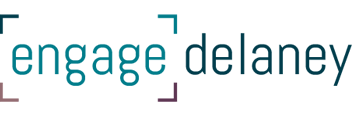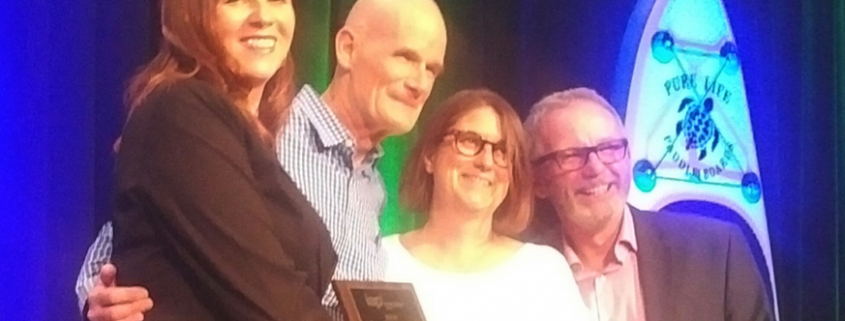2018 Iap2 North American Conference: Three key lessons
The iap2 North American conference that took place in Victoria this September, in my opinion, was the very best IAP2 conference yet and one of the best conferences I have ever attended. Why? The range and quality of presentations were superb. The mix of Canadian, American and international delegates created a fantastic environment for networking, learning and collegiality.
iap2 is the worldwide professional association that advocates for more and better public and stakeholder engagement. This includes providing training and other learning events, such as global and regional conferences.
The conference brings together over 350 engagement practitioners from across North America to learn from and inspire each other with lessons and stories of success from the field of public engagement. I had the privilege of presenting at the conference as well as attending, and I would like to share the lessons that left their mark from this year’s successful event.
The three big lessons I took with me:
-
Time is the most critical element for success.
As engagement professionals, we usually engage interested and affected parties when there are complex decisions to be made. The decisions can be complex for a few reasons: because the material is new or difficult to understand or because there is simply a lot to learn before people can engage effectively in a meaningful conversation. We disadvantage people with short timelines to get engaged. However, not only are we disadvantaging them with short engagement timelines, but we are also disrespecting them by creating power imbalances that favour one party over another. This power imbalance isolates and polarizes the discussion, which in turns risks creating a debate and ultimately divisiveness amongst the parties we are engaging. This results in exactly the opposite of what we are trying to do, which is to build trust among the parties, including those making the decision and those impacted by it.
-
Relationships, based on trust, are possibly the most important outcome of any engagement.
The right people need to be in the room for an engagement to be successful. This starts with getting those impacted in both positive and negative ways to have civil conversations about pending decisions.
We know that compromise is essential to achieve consensus, and what we need to keep in mind is that compromise will never take place in the absence of trust. “Blind trust” can exist between a child and their parent. This condition is a product of unconditional love. The bond that exists just because of the nature of the relationship. We are not seeking to have the parties that we engage to love one another unconditionally, but we should certainly work at getting them to trust that we will hold open and honest conversations about decisions that impact their lives. Transparency and the willingness for the decision maker to be vulnerable in the presence of stakeholders and Indigenous People is a starting place, and some would argue a necessity for trust building.
-
Understand the lay of the land as a starting place for engagement.
The social, political, and economic lay of the land is constantly changing. Just because a certain set of interested or affected parties engaged in the last conversation, i.e. a municipal budget engagement three years ago, does not mean this is the only group that is interested or impacted this time. We need to be looking in all directions during the planning phase. What is the essence of the decision we are making? What will the impacts be? Who will be impacted positively and negatively? Are there new channels to communicate and connect through? IAP2 believes the biggest risk we can take when engaging the stakeholder community is to do so in the absence of a plan. We need to know why we are engaging. What’s on the table and what isn’t. Building a plan empowers us to do good engagement. Co-designing an engagement with all parties affected is a social development that makes us stronger as a community, as a society and as a country that can be a positive influence on the world.




